Choosing the right siding color for your home can be a daunting task. With so many options available, it can be hard to know where to start. But with a few helpful tips and tricks, you can find the perfect shade for your home to make it stand out. Here, we’ll discuss your options when looking at house siding colors, how to choose the best siding color for your home, and how to ensure the color lasts for years to come.!
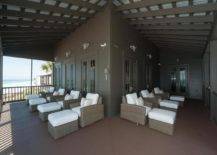
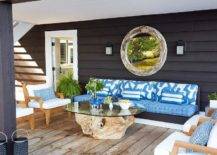
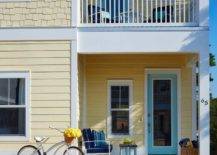
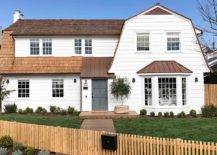
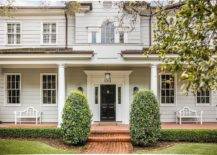
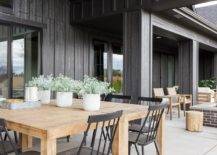
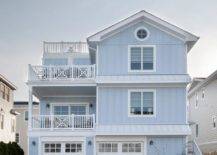
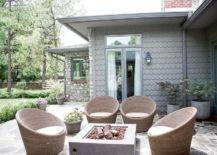
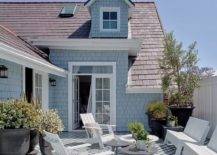
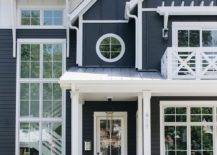
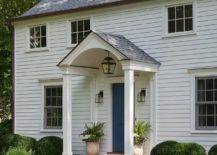
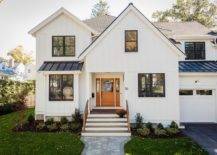
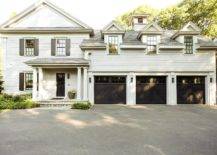
First, it’s essential to consider the style of your home and the surrounding environment. Look at the other homes in your neighborhood and consider what house siding colors they have used. You can also look at pictures of homes in magazines or online to get some ideas. Consider the colors of the brick, shutters, and other exterior elements of your home. This will help narrow down your choices.
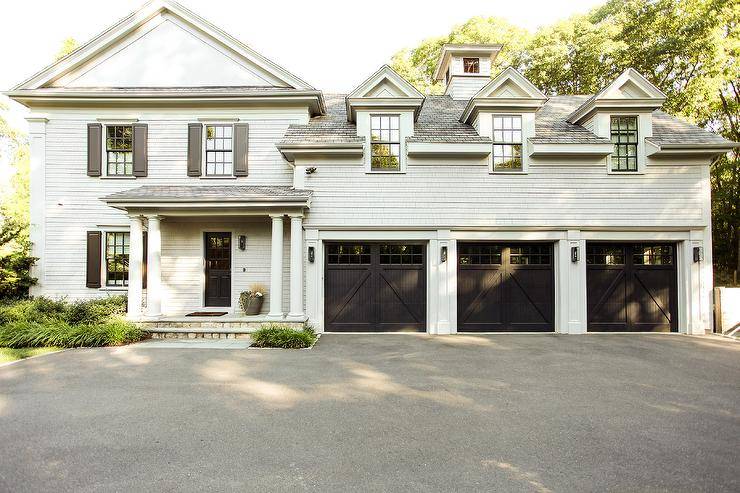
You will also want to consider the colors that compliment your roof. It’s essential to choose colors that will look good with the roofing material you have. Be sure to consider the age and condition of your roof as well. If you have a newer roof, you may want to choose a color that will blend in and not stand out too much.
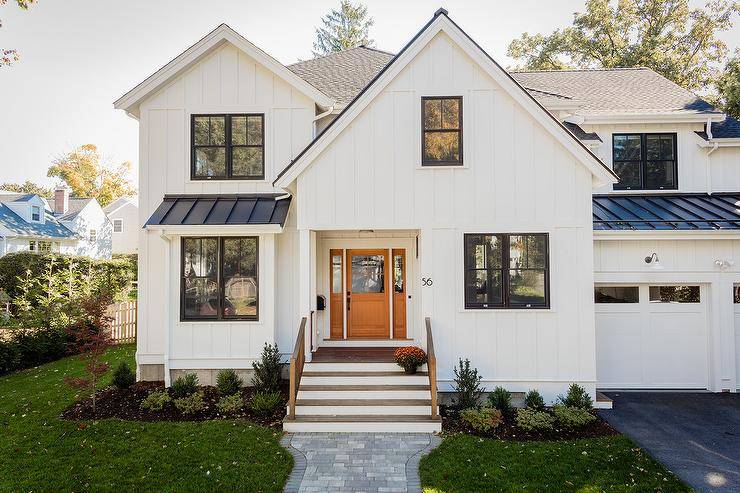
Think about the colors that will work best with the landscaping around your home. Consider the colors of the trees, shrubs, and other plants in the area. Choose colors that will look good with the outdoor elements of your home.
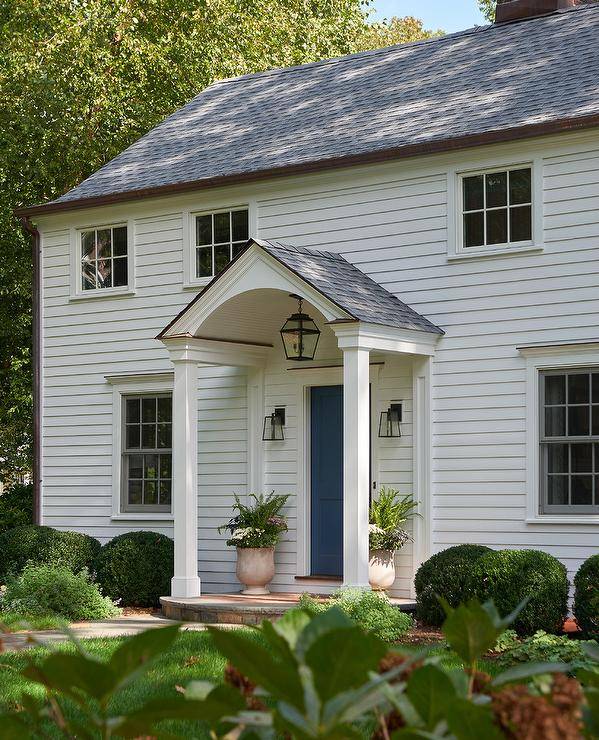
One must also not forget the colors of your windows and doors. Choose colors that will look good with the other exterior elements of your home. You should also consider the colors of the trim and other details.
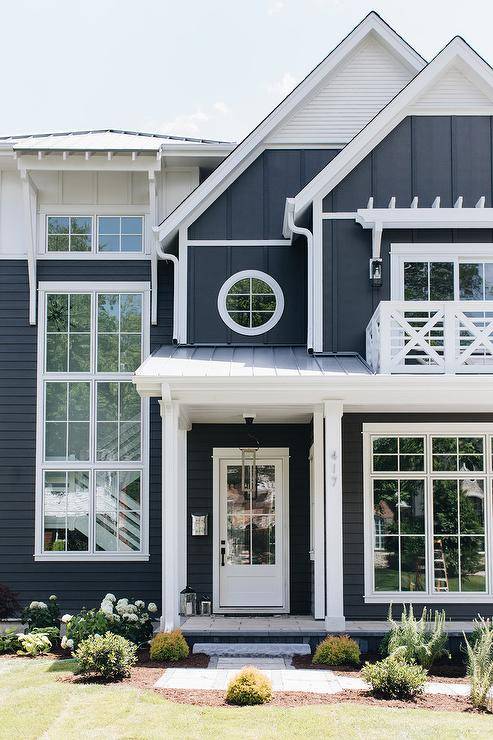
Warm and Cool Colors
Colors are separated into warm and cool tones based on their position within the color spectrum. Reds, yellows and oranges make up the warm side of the spectrum, whereas blues, purples and greens are cooler tones.
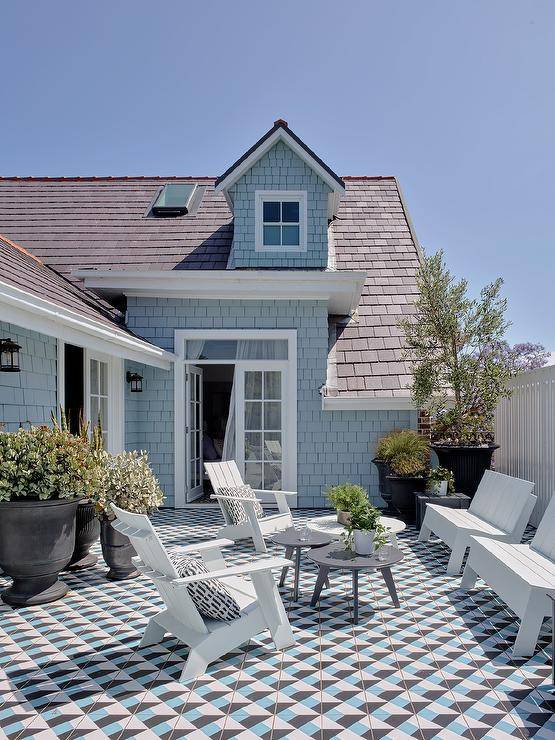
Warm colors elicit excitement. When placed side by side with their cooler counterparts, warm colors appear more significant, more prominent and easier to view. Cool colors, however, bring a relaxed, calming vibe.
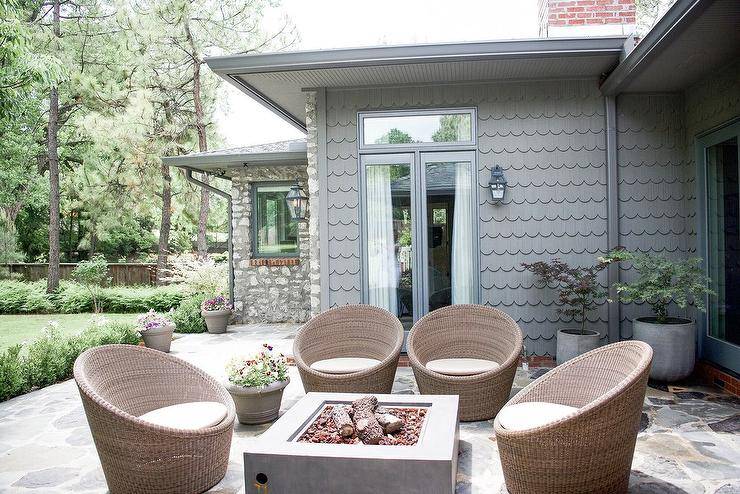
Do Some Research When Choosing Between House Siding Colors
Research is an essential step in choosing the correct siding color for your home, as it is with any home project you may tackle. Research the different types of siding materials available that coincide with your desired color scheme. There are several different types of siding materials, including vinyl, wood, brick, and stone. Each material has its own unique characteristics and durability to take into account when making your decision.
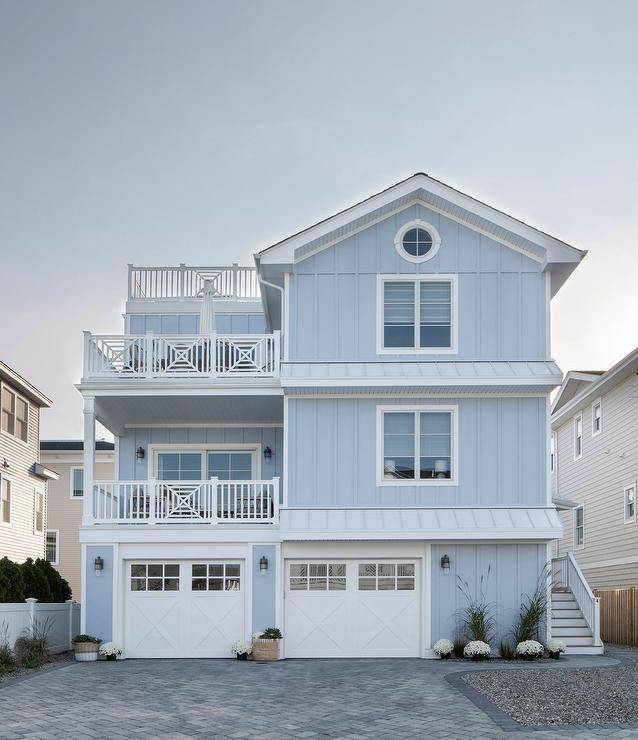
Researching the right color of siding for your home can be a fun and exciting process! Start by looking into what colors are prevalent in your area. Look at your neighbors’ homes to understand what colors and styles are standard in your area.
Also, consider the style and exterior design of your home. If you have a more traditional look, you may choose a classic color like white, beige, or grey. If you have a more modern look, you could use a bolder color like blue, green, or red.
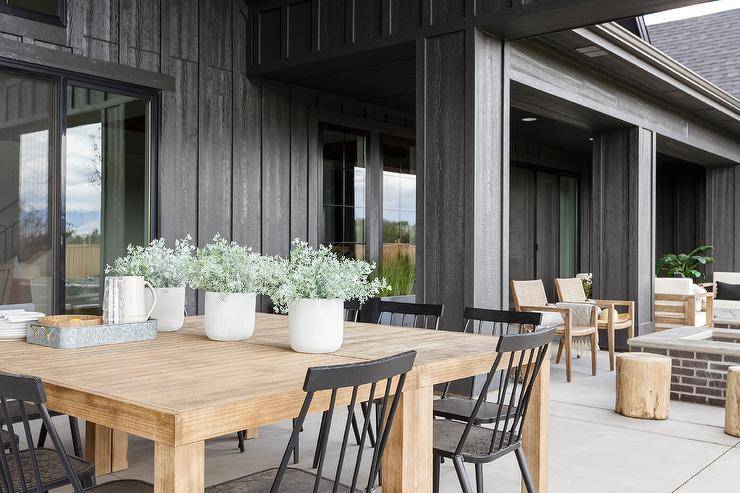
Finally, research how different colors will affect the temperature of your home during different seasons. If you’re in a hot climate, lighter colors will reflect sunlight and help keep your home cooler. If you’re in a colder climate, darker colors will help absorb sunlight and keep your home warmer.
You can also talk to an experienced contractor about your options. An experienced contractor can provide you with more information about the different types of siding materials and help you decide which one is best for your home.
Questions You Will Want to Ask Before Deciding on a House Siding Color
What colors work best with the existing exterior elements such as roofing, brick, stone, etc.?
When choosing colors to work with existing exterior elements such as roofing, brick, stone, etc., it is important to consider the overall look and feel you are trying to achieve. For a more traditional look, try colors in the same family as the existing elements, such as shades of gray to match a gray roof, or shades of brown to match a brick or stone wall.
For a more modern look, try contrasting colors such as a navy blue to contrast a gray roof, or a white to contrast a brick or stone wall. Experiment with a few samples to see which colors look best with your existing elements.
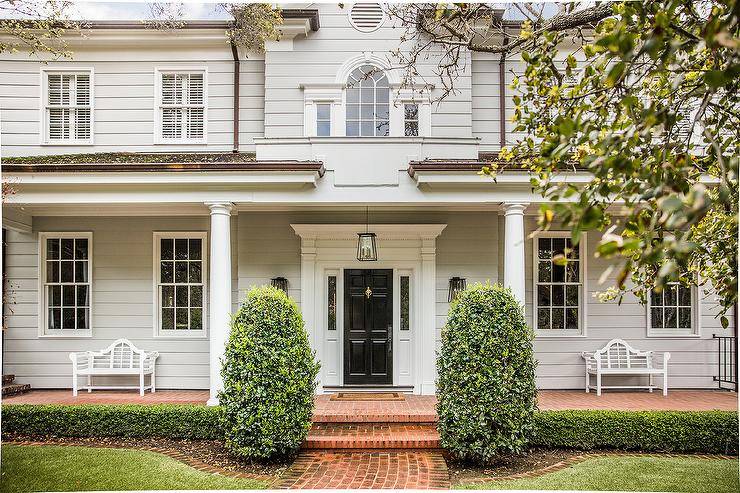
What colors are most popular in the area?
The most popular colors tend to be neutrals like beige, gray, and white. However, you can also find homes with pops of color, such as bright yellows, blues, and reds. It really depends on the individual homeowner’s preference.
Are there any rules or regulations in the area regarding the colors of the house exterior?
Depending on the area you live in, there may be some rules or regulations about the colors of the house exterior. It’s best to check with your local zoning or planning department to find out the specifics for your area, or potentially even with your Home Owner’s Association if you have one. They can provide you with any information you need on what colors are allowed for the exterior of your home.
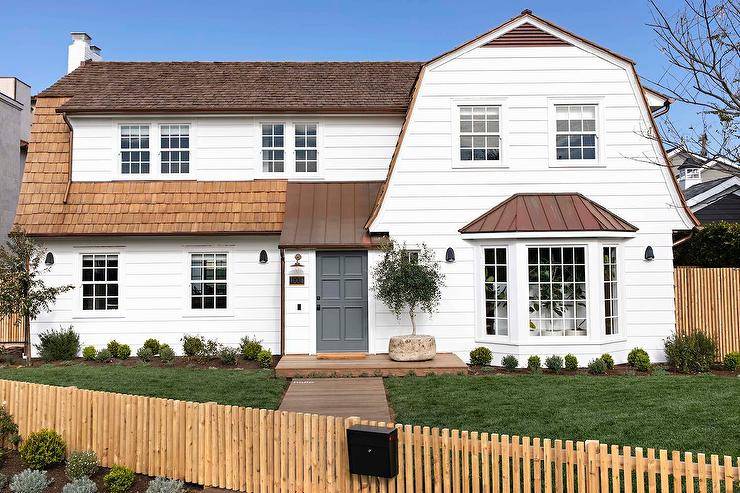
Does the house have any unique architectural features that should be highlighted with a certain color?
Consider if any decorative moldings on the house’s exterior are eye-catching and could be highlighted with a bright, contrasting color. Similarly, the windows and shutters could be painted boldly to draw attention. Additionally, the roof and trim could be painted to accentuate the structure of the house. Ultimately, the best way to highlight the unique architectural features of the house is to experiment with a variety of colors to create an eye-catching and visually stimulating design.
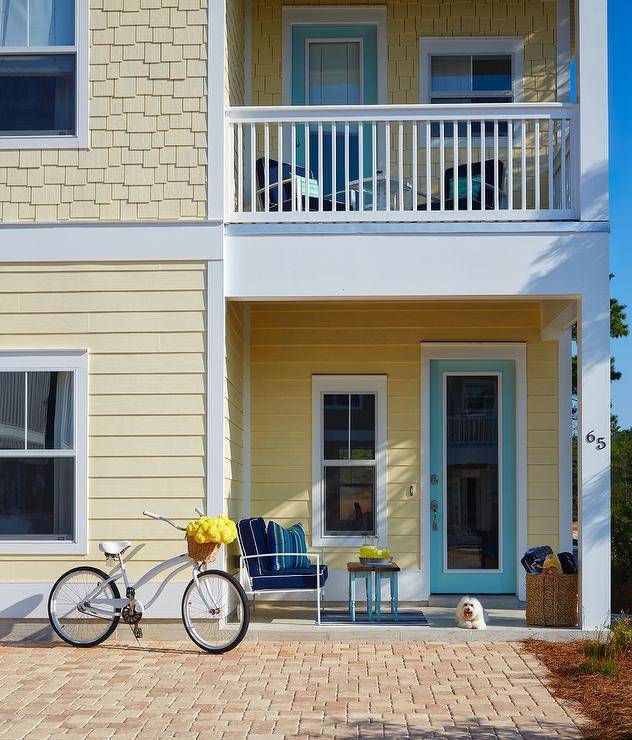
How will the color look in different lighting and at different times of the day?
The color you choose may look different depending on the lighting and time of day. To figure this out, take some time and examine your home’s exterior at different times of the day. You could even paint a small section of the siding with your potential color choice (since you’re going to be redoing it anyways) and see how it holds up in the morning versus the afternoon or evening.
What colors will complement the surrounding landscaping?
Choosing colors for your home that will complement the surrounding landscaping can be a difficult decision. To help narrow down your choices, consider the colors of your outdoor plants and foliage. Think about the colors in the environment and try to match or work around them.
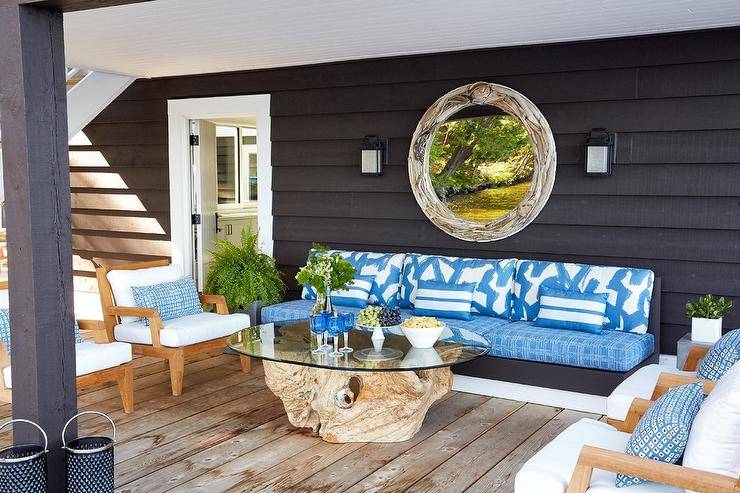
Also, consider the colors of your home and the colors of the various textures and shapes of the landscaping. You may want to go for a monochromatic look that brings together nature and the house, or you can make a bold statement with a contrasting color scheme.
What colors can be used to create a cohesive look with the windows and doors?
Using complementary colors is a great way to create a cohesive look with the windows and doors. Choosing colors that are similar in tone, such as shades of blue, green, or gray, can create a calming and unified look. You can also use colors that are contrasting and complementary, such as blue and yellow or green and red, to add a bit of drama to the overall look. Experiment with different color combinations to find the best look for you!
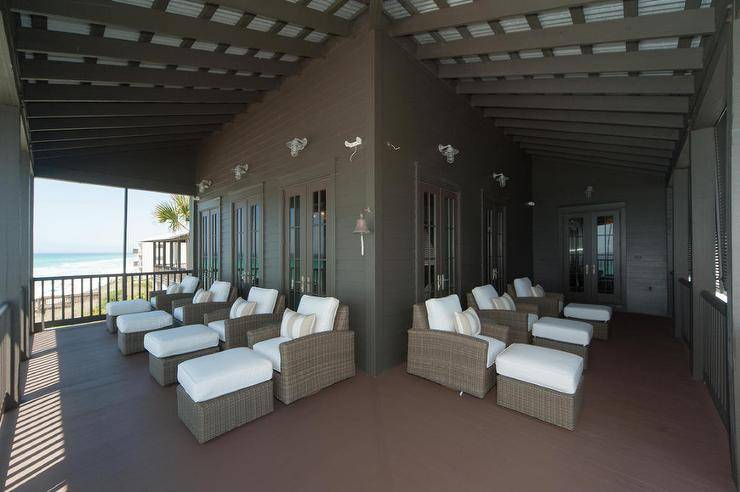
How much maintenance will be required to keep the siding looking its best?
To keep your siding looking its best, you must do regular maintenance, such as cleaning and inspecting it for any signs of damage. Cleaning the siding should be done at least once a year, depending on the environment and weather conditions. Cleaning may be required more often depending on the color you select.
What color will work best to increase the home’s curb appeal?
When selecting a color to increase the home’s curb appeal, it’s essential to consider the existing colors of the home and the neighboring homes. If you are looking to make a statement and have a bright, bold exterior, you may want to opt for a color like navy blue, navy green, or even a vibrant red.
If you’re looking for something more subtle and classic, consider colors like taupe, beige, or pale gray. It’s also a good idea to consider the colors used in other outdoor features, such as the landscaping, to create a cohesive look. Ultimately, the best color to increase the home’s curb appeal is one that complements its existing colors and features.
Frequently Asked Questions (FAQs)
How many colors should I use on my home?
The number of colors used in an exterior color scheme depends on the home and how many details there are to highlight. Typically, traditional homes have three colors: body, trim and accent.
Newer architectural styles (and occasionally larger houses) can benefit from more than three colors. By adding a second body or trim color, you can make your home more visually appealing. These additional colors should be close to each other on the color wheel, with a slight change in value.
Should my trim be a lighter or darker color than the body of my home?
Lighter trim colors are usually the best choice since the eye goes to the lightest color in a combination first. In most cases, you are using trim to highlight your house’s most interesting architectural features. Keep in mind that not all trim has to be the same color.
If you have horizontal or vertical banding, you may want to choose it in a different color than the trim surrounding your windows. You may also want your soffits and eaves to be a different color than your window trim.
Will a dark body color make my home look smaller?
A house looks smaller due to strong contrast in colors or using light and dark colors together. This is not always a bad thing and can actually enhance design.
If you like deeper colors and don’t want your house to look smaller, don’t use white trim; instead use a mid-tone-color trim to make the primary color look brighter.
What if I don’t want to use color?
As much as color can add to a house, sometimes it looks best not to use any. Don’t be afraid to have an all-white house. White reflects light and will actually appear to vary in tone throughout the day. Plus, you can always play with the color of your door and other visual elements, such as landscaping or porch furniture, that come together to create the overall look.
Should my garage door be the same color as my front door or trim?
In most cases, no. It only draws attention to the least attractive part of your home. Also, an accent color can throw off your house’s balance, making the garage look larger than it actually is. To help it blend in, select colors that are either the same as the body color, or slightly lighter or darker.
You're reading House Siding Colors: What To Choose For Any Style of Home, originally posted on Decoist. If you enjoyed this post, be sure to follow Decoist on Twitter, Facebook and Pinterest.
from decoist https://ift.tt/syn0iaR

0 comments: